OLED vs QLED, Which Is Better?
QLED and OLED are two of the most common television acronyms. Although separated by only a single letter, the technology they describe could not be more dissimilar.
Samsung has become famous for using the QLED moniker for a few years now to market their televisions as they are the leading manufacturers of QLED TVs. On the other hand, we have OLED televisions, a market that has been dominated by LG in recent years.
So what is the difference between OLED and QLED? First of all, let’s consider what each of them means.

What is QLED?
QLED TVs are simply LCD (liquid crystal display) televisions with quantum dot color technology. Like other LCD televisions, these displays rely on light-emitting diode (LED) backlights to illuminate their screens.
Manufacturers combined the "Q" from "quantum dots" with the "LED" in "QLED" to create the brand. While "QLED" may be useful for marketing purposes, it does not actually refer to a distinct TV technology.
To put it differently, a QLED TV is merely an LED-backlit LCD TV with quantum dots added in. To be fair, though, quantum dots are a neat feature that can greatly improve image quality. Nanocrystals known as "quantum dots" can change color when struck by light. Quantum dot filters or layers are incorporated into QLED TVs to help them provide a broader color gamut.
We provide a table to help you understand what QLED is and how it differs from LCD:

What is OLED?
OLED TVs employ Organic Light-Emitting Diodes. They are a completely different kind of display technology than QLED TVs, which employ LCD panels.
With an OLED television, backlights are unnecessary. Instead, in an OLED, each individual subpixel can generate its own light source. This allows for finer control over contrast and dark levels than is possible with QLEDs. Simply out, OLED is a self-emissive technology in which each pixel can independently emit light or be turned off. When an electric current passes through the organic layers, the pixel emits light. This design enables OLED TVs to display true blacks, as pixels that are not activated remain completely dark.
OLED screens do not typically utilize quantum dots in contrast to QLED TVs. In spite of this, the first "QD-OLED" televisions from both Sony and Samsung will be released that same year (2022). These televisions are still based on OLED technology, but they have improved color performance because of the addition of quantum dots.
QLED vs OLED - A Table to Help You Understand
If you're unsure about the difference between QLED and OLED, check out the table below. We've highlighted the key distinctions to make it easier for you.

Difference Between OLED and QLED
Now that you know what all those letters stand for and what they imply in terms of display technology, let's compare QLED to OLED in the areas that matter most when shopping for a TV.
Considering the significant cost of buying a new TV, it is crucial to think about factors such as contrast, brightness, viewing angles, and other major performance considerations, such as response speed and longevity.
Here is an in-depth comparison between OLED and QLED TVs so that you will choose without hesitation.
Black Level and Contrast
When looking for a new television, a good contrast ratio should be high on your list of priorities. However, if you are unfamiliar with the contrast, here is a brief explanation.
A television's black level controls how dark its blackest image can get. This might be anything from a true black to a very dark gray on a TV. The contrast between dark and light areas of an image is greatly affected by these nuances. The darker background and brighter colors provide the impression of greater realism.
OLED displays feature millions of self-emissive pixels that can individually turn on or off and produce color without the need for a backlight. When displaying black, these pixels completely shut off, resulting in true, pitch-black visuals and extremely high contrast ratios. The result is a striking contrast between light and dark visuals.
In each scene, the QLED screen's backlighting will either brighten or dim. The screen's ability to dim to a finer degree in certain areas depends on the total number of lights. QLED TVs are beginning to rival OLED TVs in terms of black-level performance, though OLEDs are still in the lead.
|
Feature |
QLED |
OLED |
|
Black Level |
Deep black (via dimming zones) |
True black (pixels turn off) |
|
Contrast |
High, but less than OLED |
Extremely high |
|
Light Source |
LED backlight |
Self-emissive pixels |
|
Color Quality |
Very good |
Excellent |
|
Brightness |
Higher brightness |
Moderate |
|
Burn-in Risk |
No risk |
Possible |
Color Volume and Brightness
A TV's color volume is the sum of its color depth and its peak brightness. A high color volume from the TV is especially important while watching High Dynamic Range (HDR) content. In addition to a wide range of hues, HDR images typically feature vivid tones. These hues are only seen on a TV screen when the brightness is turned up quite high.
Thanks to the inclusion of HDR technology, more than a billion distinct colors are available on every OLED TV. When compared to a QLED TV, the brightness output of an OLED TV is noticeably lower. Therefore, the full potential of certain color tones is not realized. Remember that the colors will appear duller in a well-lit space. It is ideal to watch in a dark setting so that the colors and contrast can really pop.
The superior performance of a QLED TV in both categories is attributable to the use of Quantum Dot technology. Tiny nanocrystals are at the heart of this technology, which uses light to produce a range of colors. QLED TVs achieve a perfect color volume in this way. Whether it's a field of flowers or an animal's coat, every nuance of color is captured accurately. Images with a similar level of brightness are likewise easily discernible in a well-lit room.
|
Feature |
QLED |
OLED |
|
Color Volume |
Very high, full color range |
High, but limited in brightness |
|
Brightness |
Higher, good in bright rooms |
Lower, best in dark rooms |
|
HDR Colors |
Vivid even in bright light |
Rich but may look dull in light |
|
Technology |
Quantum Dot + backlight |
Self-lit pixels |
Viewing Angles and Reflection
The viewing angle is quite an important factor for modern televisions. It determines the extent one can sit off to the side without experiencing a drop in picture quality. Annoying reflections can be seen from any angle, although they are most noticeable when viewed from the side or front. The screen becomes reflective when illuminated from behind by light sources like the sun or a lamp. This problem affects some TVs more than you may think.
An OLED TV's wide viewing angle is one of its most notable features. The viewing angle does not affect the picture quality, so feel free to sit at an angle. The colors and brightness only start to change until you start viewing it from an angle of roughly 85 degrees.
A QLED TV's viewing angle is narrower than that of an OLED TV. The colors start to shift and the brightness drops off significantly at an angle of roughly 55 degrees. QLED TVs have an advantage in that they are less likely to show reflections. The screen's backlight and anti-reflective coating eliminate unwanted glare. This helps maintain the screen's readability even when direct sunlight or artificial light is shining on it.
|
Feature |
QLED |
OLED |
|
Viewing Angle |
Narrow (~55°) |
Wide (~85°) |
|
Reflections |
Less glare |
More glare |
|
Best Use |
Bright rooms |
Dark rooms |
Response Time and Refresh Rate
Response time is the amount of time it takes for a pixel to transition between states. A quicker response time means better visual quality, which is especially useful when viewing action movies.
Standardized measurements show that OLED TVs are far faster, albeit there is likely a speed of response time that the human eye cannot tell if there is any difference.
QLEDs typically have a response time of 2–8 milliseconds, which seems great until you learn that OLEDs typically have a response time of 0.1 milliseconds.
Another metric that will naturally be more important to gaming monitor 4k gamers than casual viewers is the refresh rate. The refresh rate of your TV is the number of times it updates in one second. Like a video game's frame rate, it increases as the refresh rate does. In this respect, OLED televisions emerge victorious.
|
Feature |
QLED |
OLED |
|
Response Time |
2–8 ms |
~0.1 ms (much faster) |
|
Refresh Rate |
Good |
Better |
|
Motion Clarity |
Decent |
Excellent |
|
Best For |
Casual viewing |
Fast action, gaming |
Pixel Response
Pixel response time is the time between when a user sends a command into a controller and when the corresponding image appears on the screen. QLED panels are not as fast as OLEDs in terms of pixel reaction time, but they are usually on par with OLEDs in terms of the number of frames they are capable of displaying (120hz is the present peak in 4K).
Oled 4k monitor often have a response time at or below 0.2 milliseconds due to the separate control of each pixel, but QLEDs rarely go faster than one or two milliseconds. In the highest levels of competitive gaming, even a fraction of a second can make a significant impact. When it comes to the speed with which individual pixels update, OLED currently reigns supreme.
|
Feature |
QLED |
OLED |
|
Pixel Response |
1–2 ms |
≤ 0.2 ms (faster) |
|
Max Refresh Rate |
Up to 120Hz (4K) |
Up to 120Hz (4K) |
|
Gaming Use |
Good |
Excellent for competitive play |
|
Pixel Control |
Backlit pixels |
Individually controlled pixels |
Lifespan
The lifespan is the last comparison metric we will look at. QLED televisions, like standard LCD televisions, use a liquid crystal layer in conjunction with an LED backlighting technology. The efficacy and durability of LEDs have been well-documented over many years.
Further, QLED TVs' Quantum Dots do not degenerate over time, meaning they will not crack or dim in brightness. Doing so protects them against burn-in and ensures a longer lifespan.
However, because of their self-emissive nature, OLED TVs are more prone to burn-in. When the typical brightness of one or more OLED pixels is permanently reduced to a lower state, this is known as burn-in. The only way is to change the brightness of every other pixel to match, which is hardly ideal.
|
Feature |
QLED |
OLED |
|
Lifespan |
Longer (no burn-in risk) |
Shorter (prone to burn-in) |
|
Durability |
Quantum Dots don't degrade |
Self-emissive pixels can degrade |
Is OLED Better Than QLED?
2025’s TV tech scene is heating up, and if you’re in the market for a next-level screen, you’ve probably asked yourself: OLED or QLED? It’s a fair question, and the answer really depends on what kind of viewer you are.
If you’re all about that cinematic experience, think pitch-black shadows, insane contrast, and colors that just pop in a dark room—OLED is the way to go. Every pixel lights itself, so blacks are truly black. It’s also a gamer’s dream: lightning-fast response times and ultra-wide viewing angles that keep the action looking sharp no matter where you're sitting.
But here’s the catch: OLEDs don’t get as bright as QLEDs, and they’re more prone to burn-in if you leave static images on for too long.
QLED, on the other hand, is the everyday hero. Bright rooms? No problem. Thanks to Quantum Dot tech and a strong backlight, colors stay vivid even with the sun pouring in. You also don’t have to worry about burn-in, and over time, QLEDs generally hold up better. They're not quite as dramatic in contrast, but they’re reliable, durable, and still look seriously good.
So, is OLED better? For pure visual flair and gaming, yes, it wins. But for all-around use, especially in well-lit rooms, QLED makes a strong case. Pick your player.
Wrap Up
TVs with OLED and QLED displays both offer excellent picture quality. An OLED TV is a way to go if you are after the deepest possible blacks. The black levels are spot-on since each pixel is disabled independently. If you care most about how vivid the colors are and how bright they are, you should go with a QLED TV. These televisions have stunning color intensity, especially when watching HDR content.





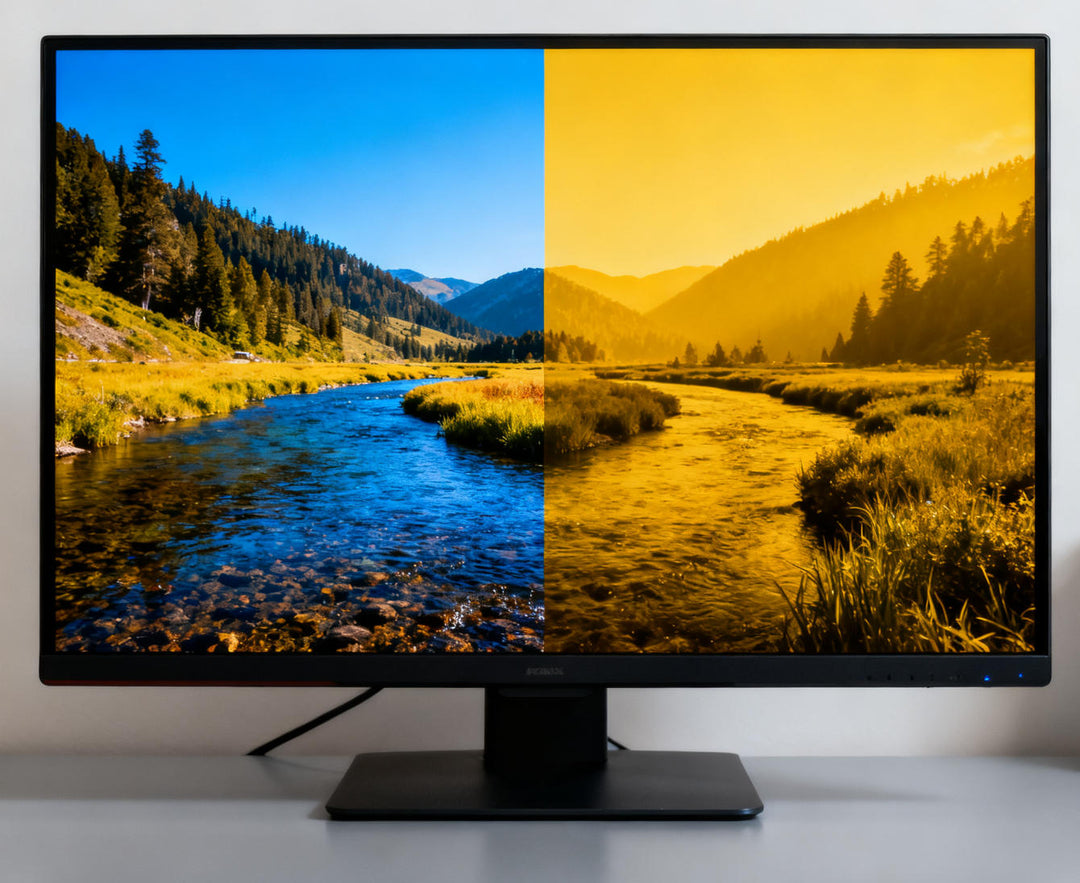
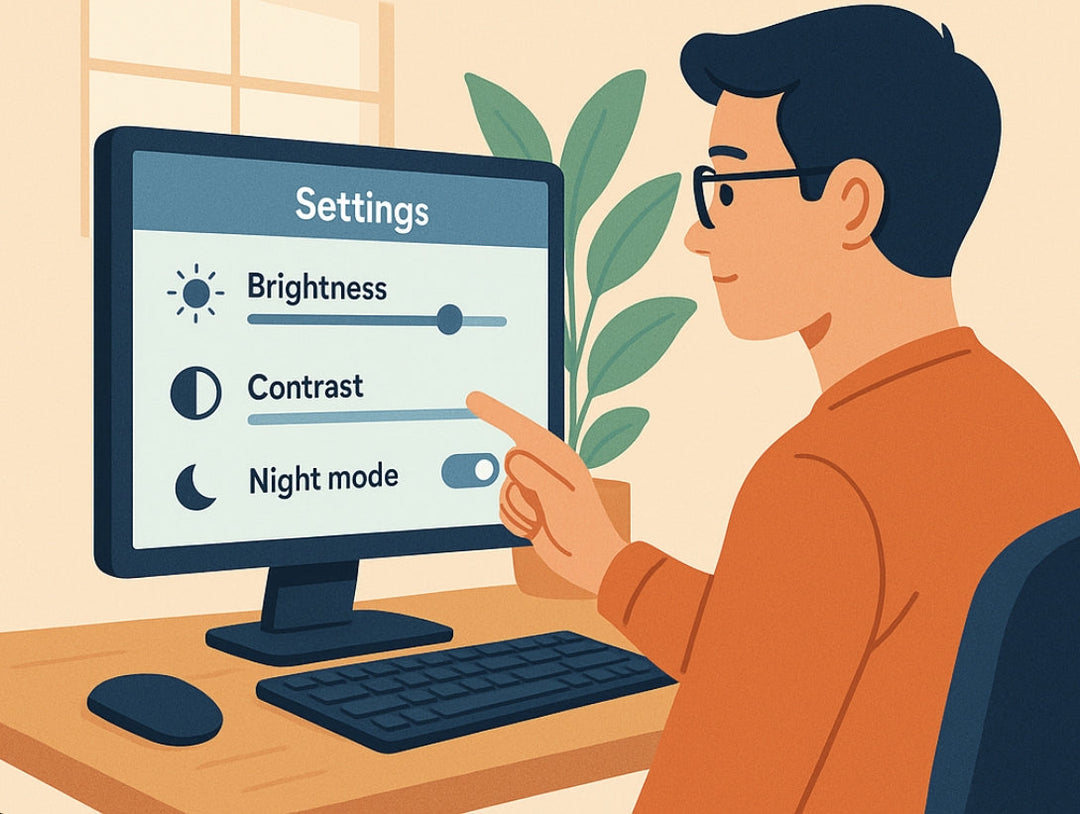
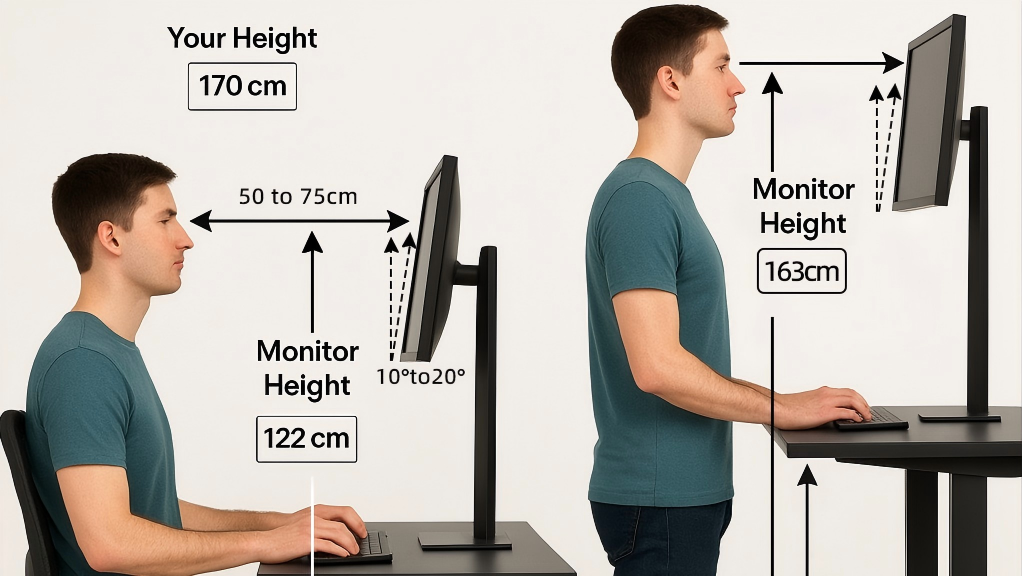
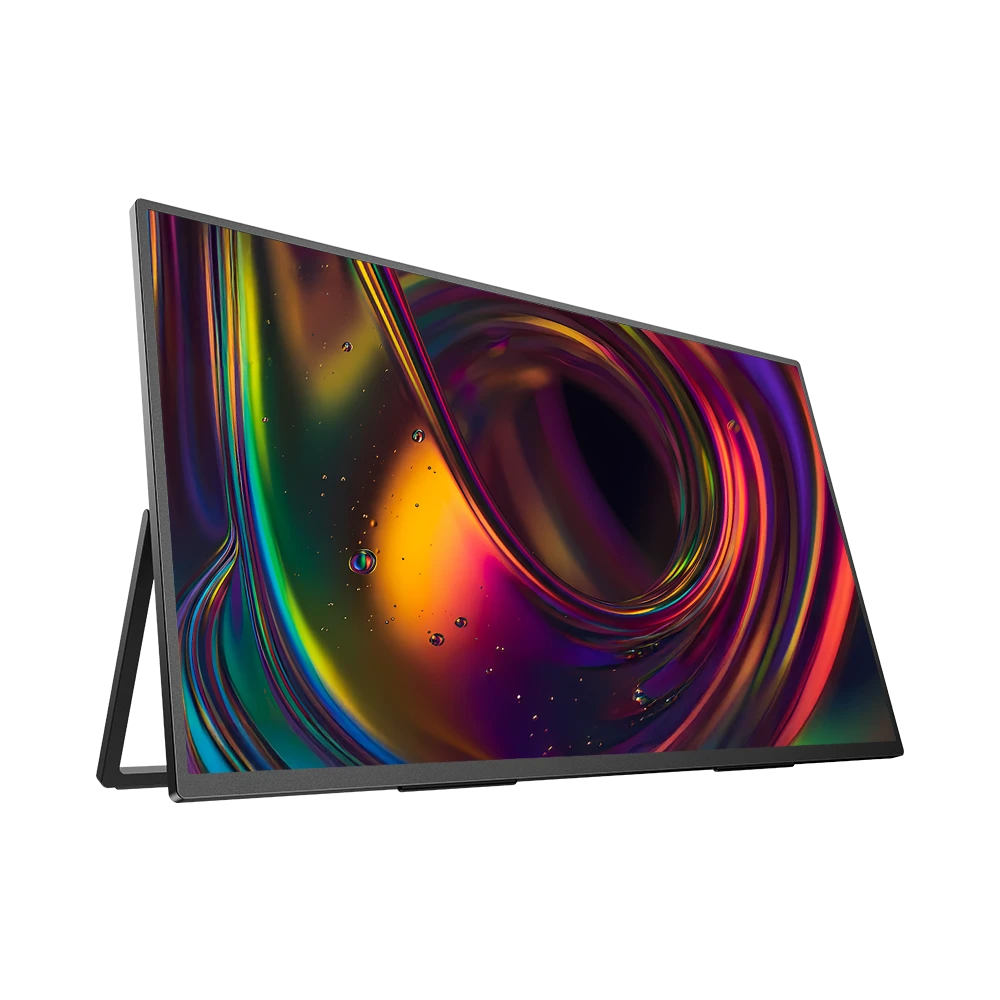
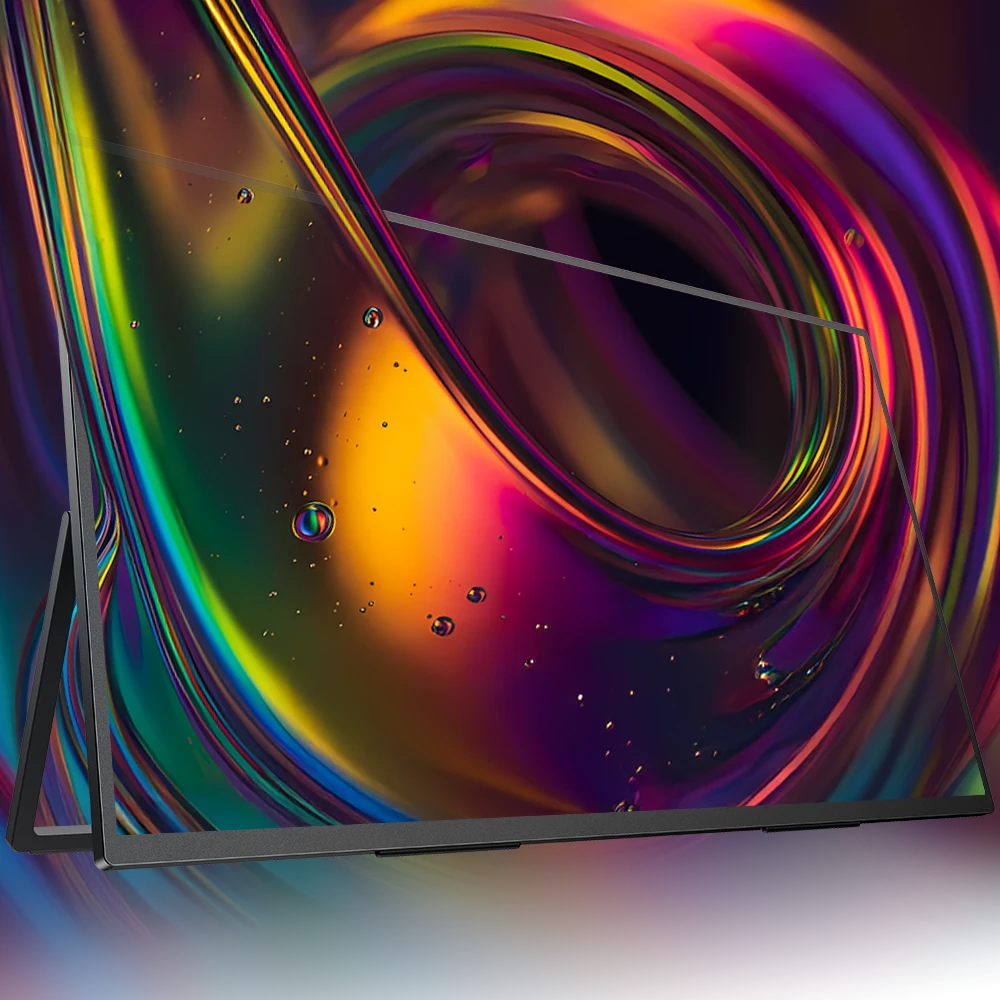
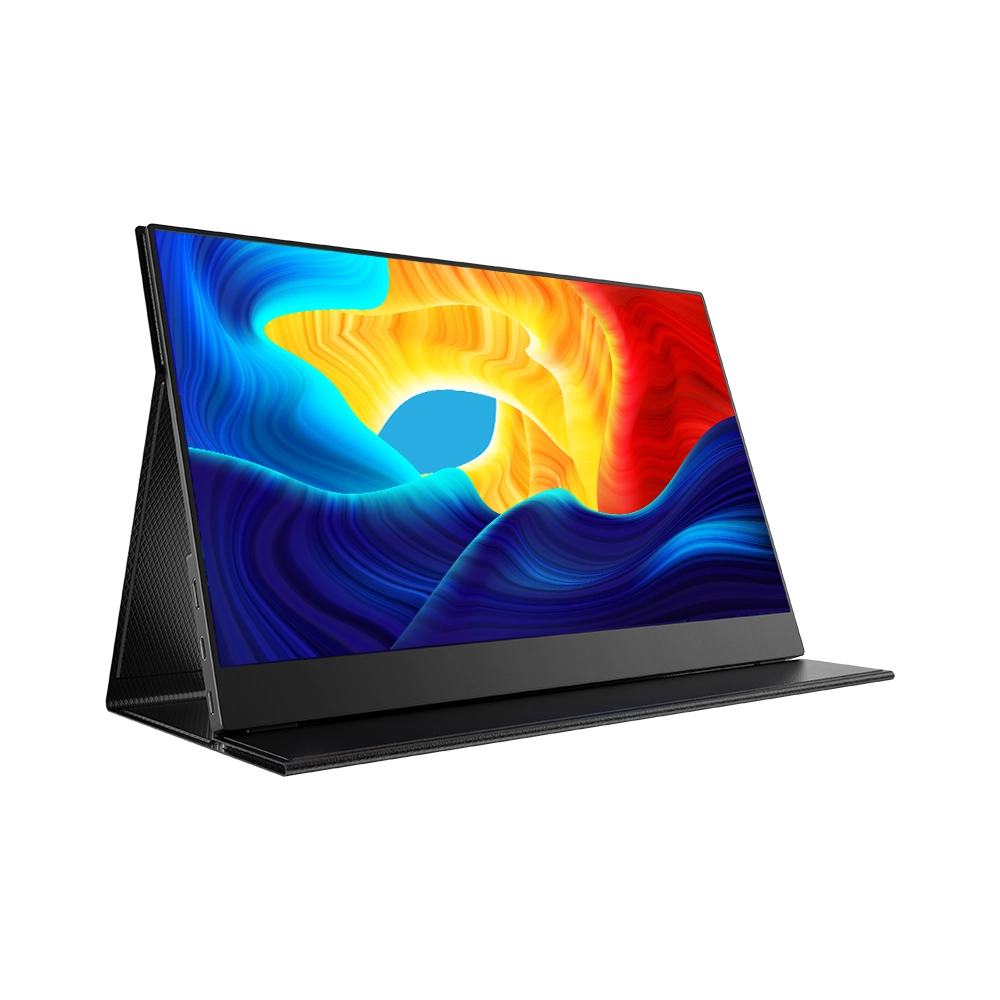
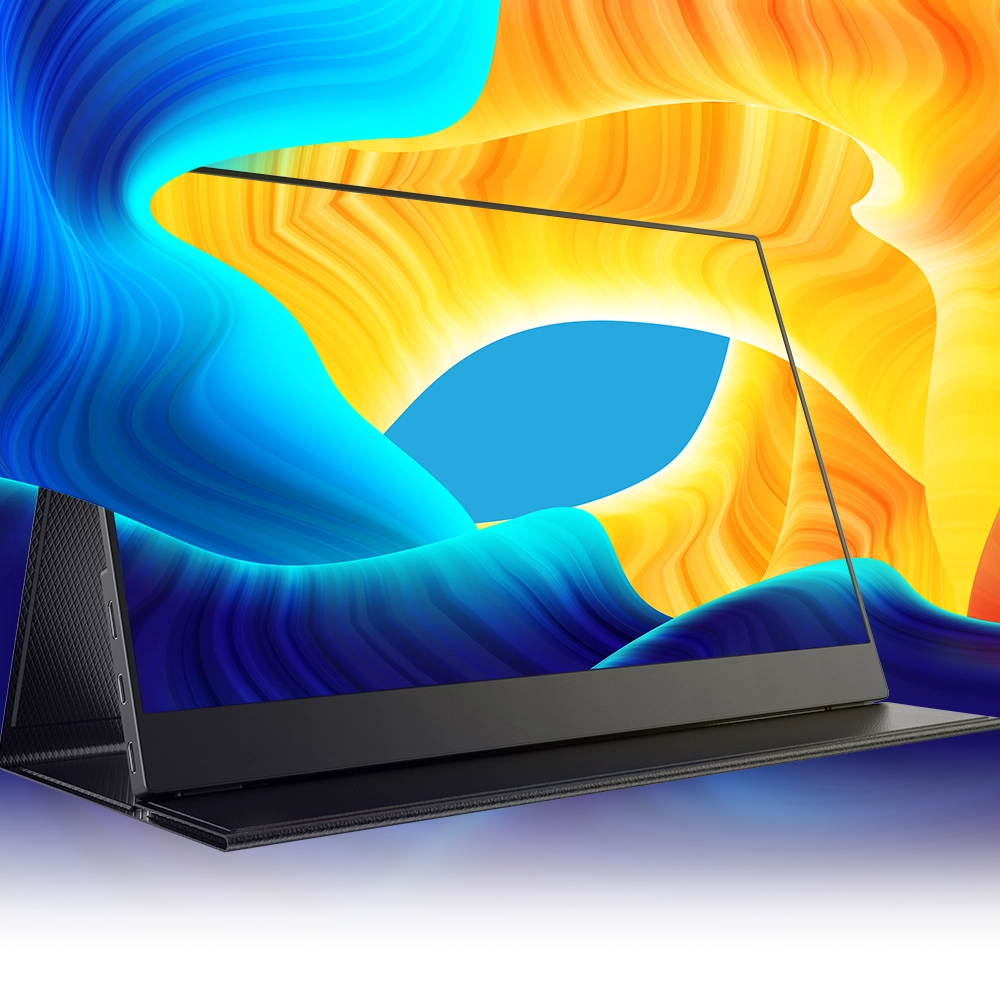
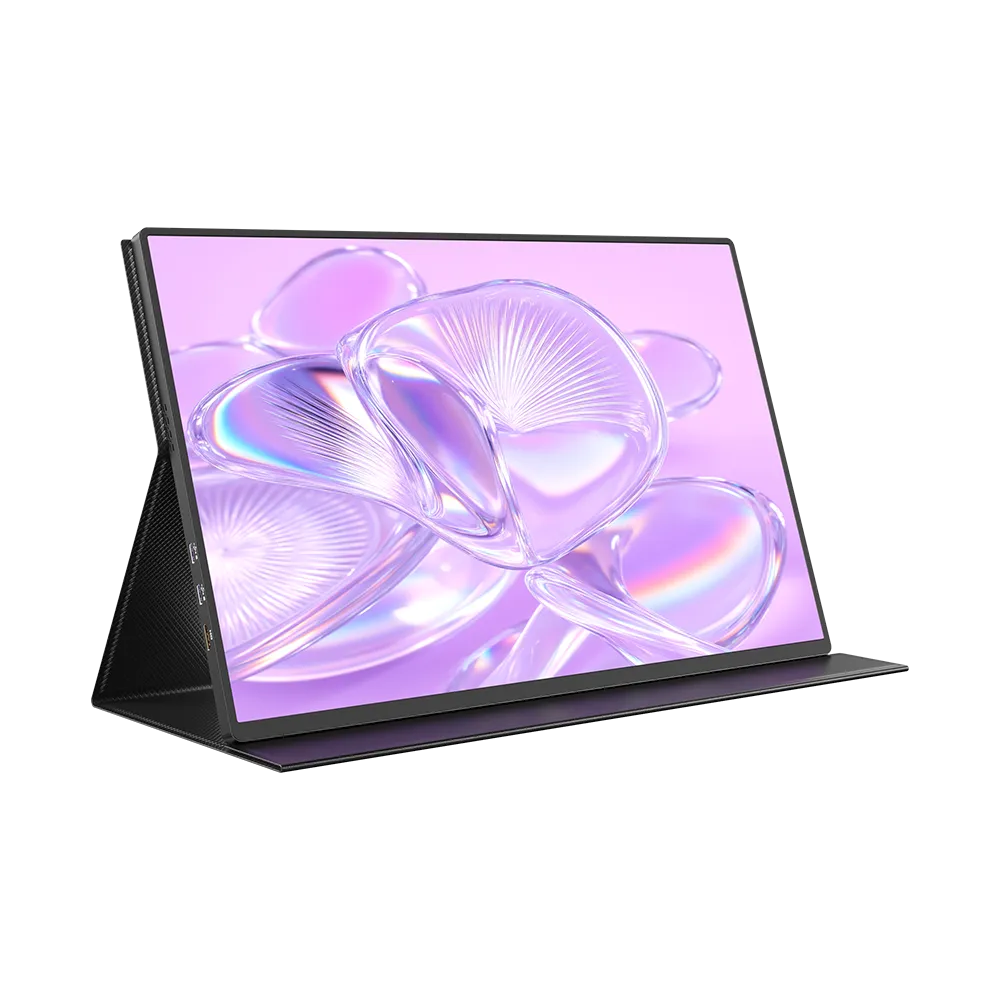
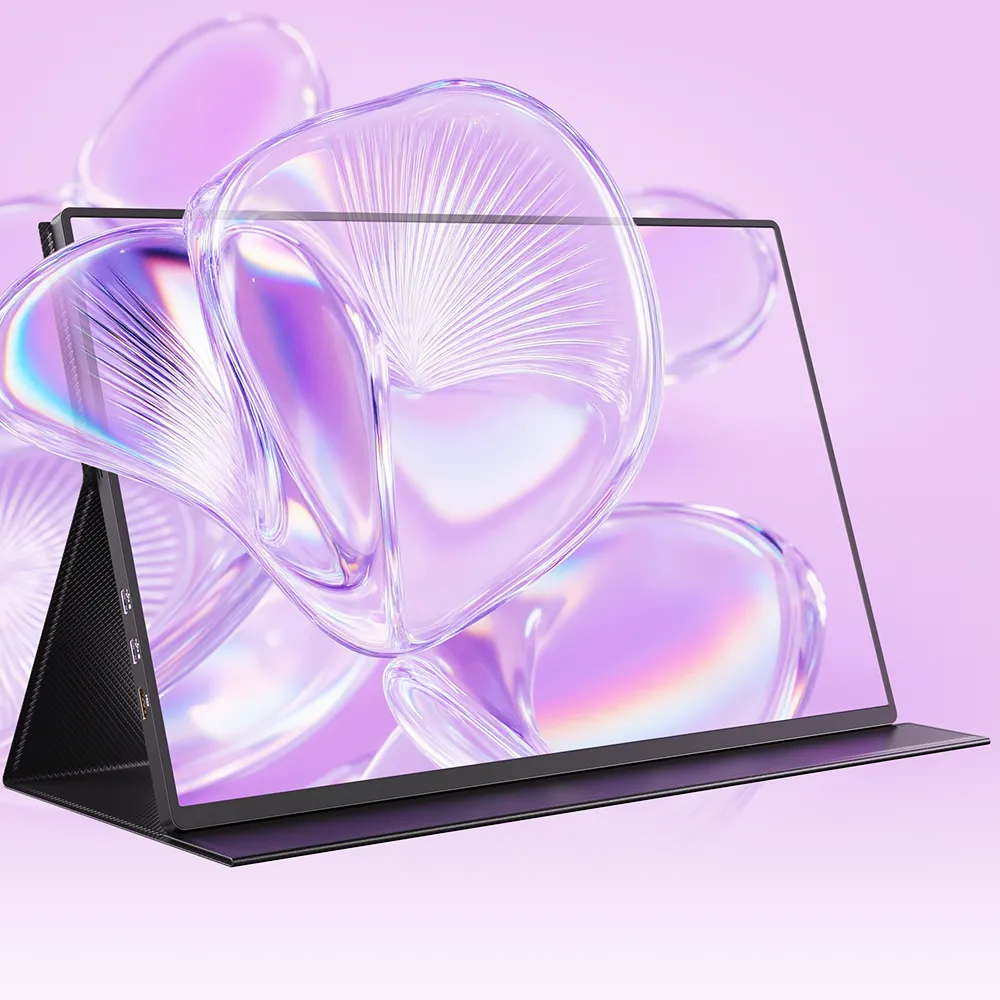





Leave a comment